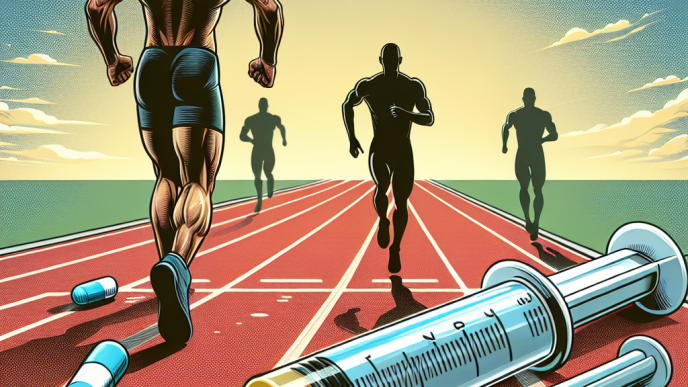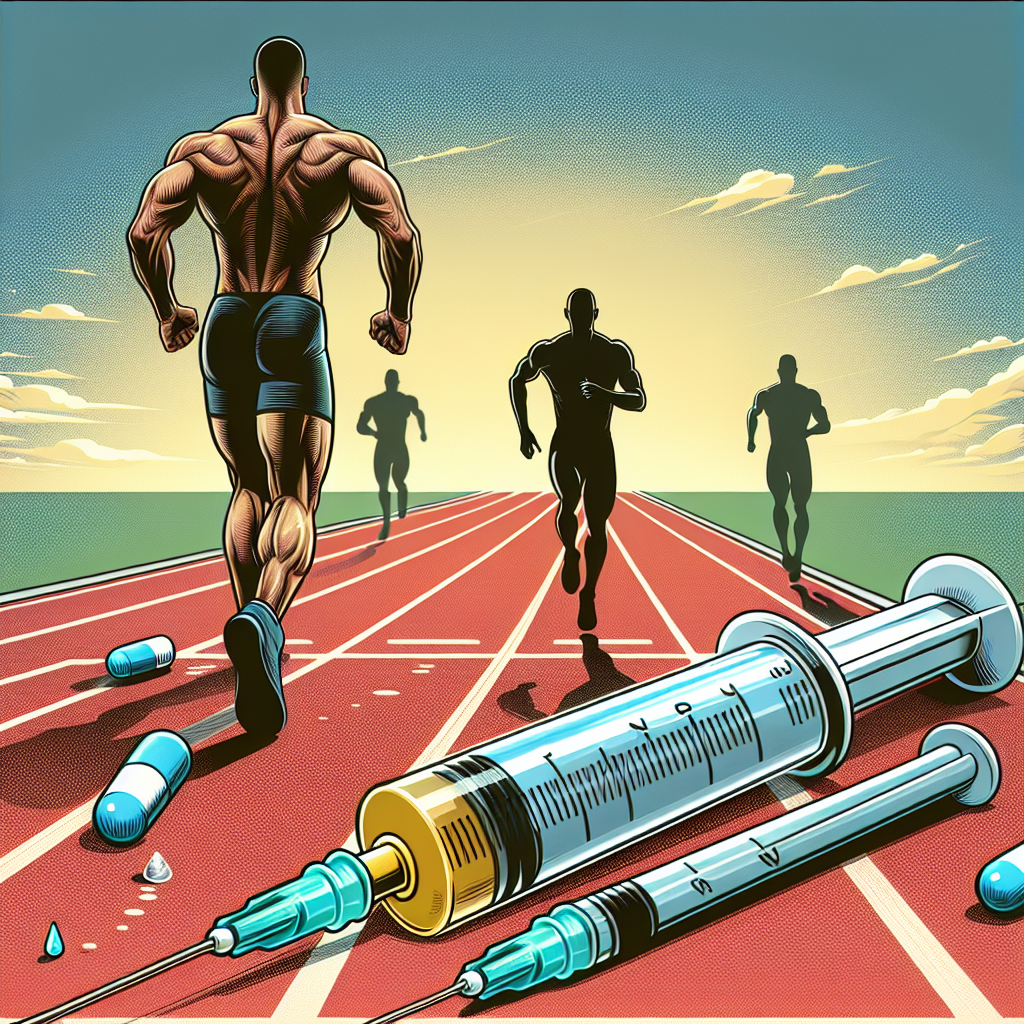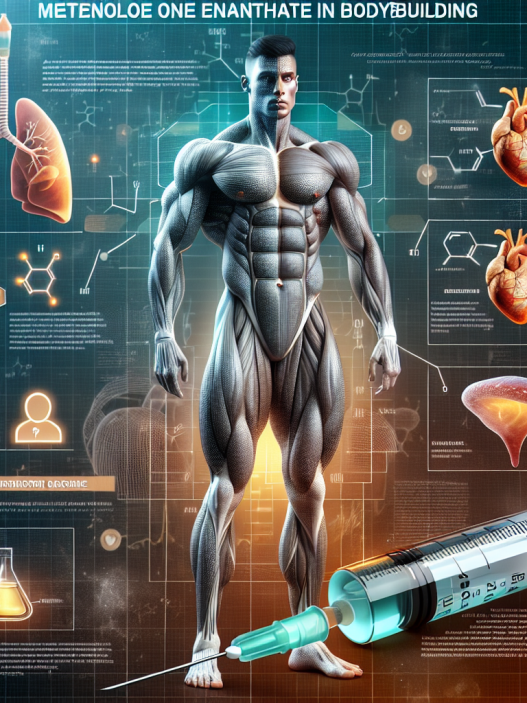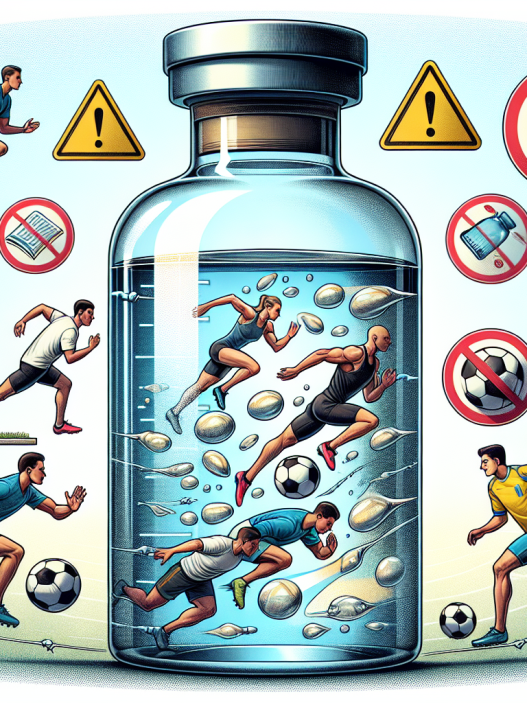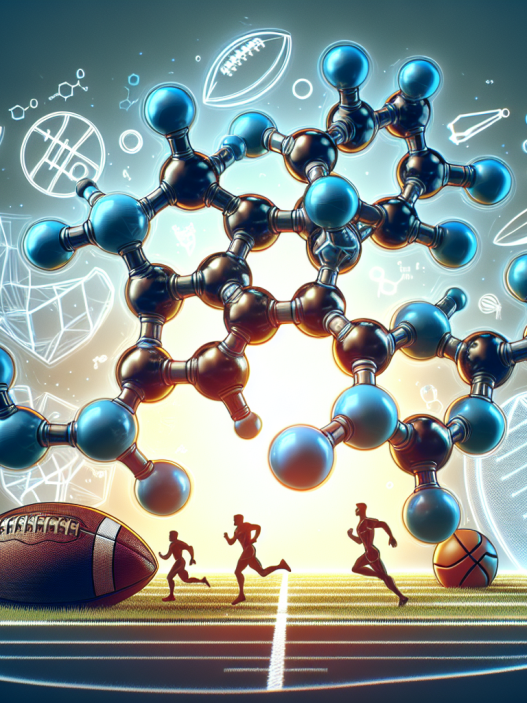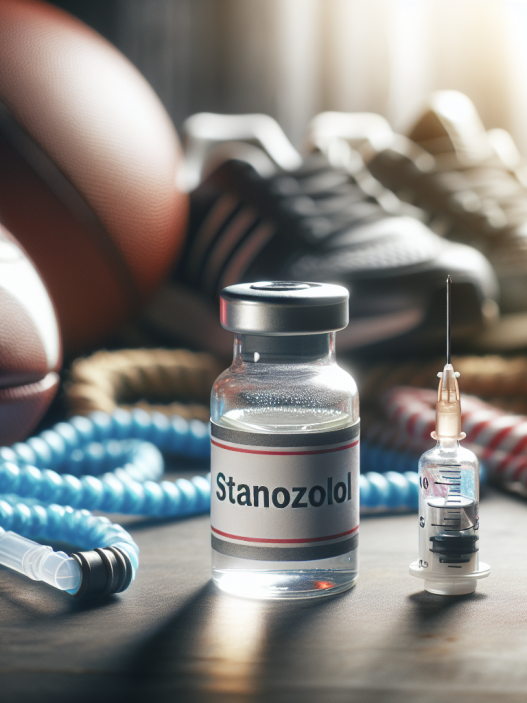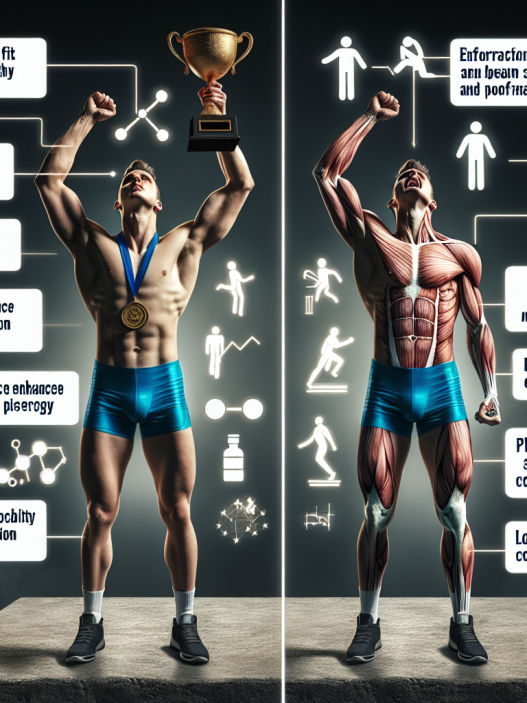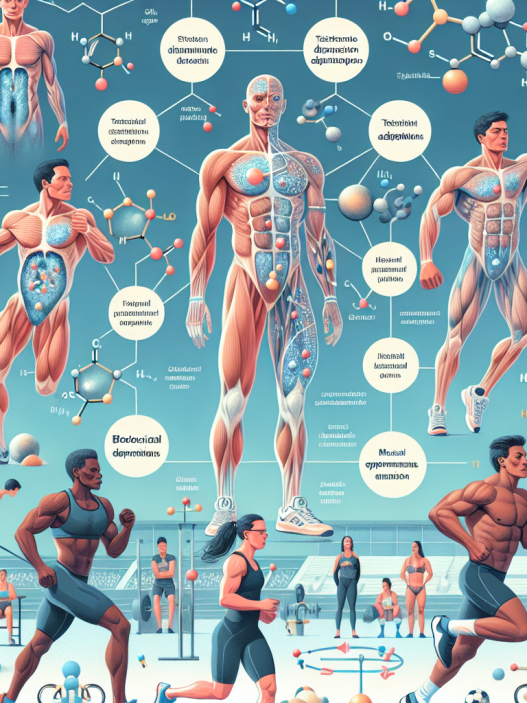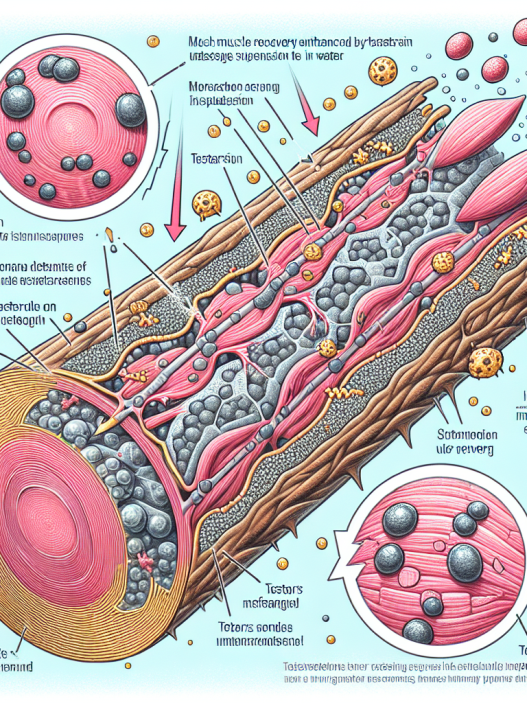-
Table of Contents
Doping Implications: Primobolan (Metenolone) Injection in Sports
Doping in sports has been a controversial topic for decades, with athletes constantly seeking ways to enhance their performance and gain a competitive edge. One of the most commonly used performance-enhancing drugs is Primobolan (metenolone) injection, a synthetic anabolic androgenic steroid (AAS) that has been banned by most sports organizations. In this article, we will explore the pharmacokinetics and pharmacodynamics of Primobolan injection, its potential benefits and risks, and the implications of its use in sports.
Pharmacokinetics of Primobolan Injection
Primobolan injection is a modified form of dihydrotestosterone (DHT), with an added double bond at the carbon 1 and 2 positions. This modification increases the anabolic activity of the drug, making it more potent than its parent compound. The injection form of Primobolan has a longer half-life compared to the oral form, with a half-life of approximately 10 days (Schänzer et al. 1996). This means that it stays in the body for a longer period, allowing for less frequent injections.
After injection, Primobolan is rapidly absorbed into the bloodstream and distributed to various tissues, including muscle, liver, and fat. It is then metabolized in the liver, where it undergoes a process called 17β-hydroxylation, converting it into its active form, metenolone. The active form of Primobolan then binds to androgen receptors in the body, promoting protein synthesis and increasing muscle mass (Kicman 2008).
Pharmacodynamics of Primobolan Injection
The primary pharmacodynamic effect of Primobolan injection is its anabolic activity, which leads to increased muscle mass and strength. It also has a mild androgenic effect, which can contribute to the development of male characteristics such as facial hair and deepening of the voice. However, compared to other AAS, Primobolan has a lower androgenic potency, making it a popular choice among female athletes (Kicman 2008).
One of the unique characteristics of Primobolan is its ability to increase nitrogen retention in the body. Nitrogen is an essential component of protein, and increased nitrogen retention leads to an increase in protein synthesis, which is crucial for muscle growth and repair. This makes Primobolan a popular choice among bodybuilders and athletes looking to improve their muscle mass and recovery time (Kicman 2008).
Benefits and Risks of Primobolan Injection
Like any other performance-enhancing drug, Primobolan injection has both potential benefits and risks. The main benefit of using Primobolan is its ability to increase muscle mass and strength, which can lead to improved athletic performance. It also has a low risk of estrogenic side effects, such as water retention and gynecomastia, making it a popular choice among athletes who want to avoid these side effects (Kicman 2008).
However, like all AAS, Primobolan also carries a risk of adverse effects. These include liver toxicity, cardiovascular complications, and hormonal imbalances. Long-term use of Primobolan can also lead to suppression of natural testosterone production, which can have long-lasting effects on the body (Kicman 2008). Additionally, the use of Primobolan has been linked to an increased risk of aggression and mood swings, which can have a negative impact on an athlete’s performance and personal life.
Implications of Primobolan Injection in Sports
The use of Primobolan injection in sports is strictly prohibited by most sports organizations, including the World Anti-Doping Agency (WADA) and the International Olympic Committee (IOC). This is due to its potential for performance enhancement and the associated health risks. Athletes who are caught using Primobolan or any other banned substance face severe consequences, including disqualification, suspension, and loss of medals or titles (Kicman 2008).
Despite the strict regulations and consequences, the use of Primobolan and other AAS in sports continues to be a prevalent issue. Athletes are constantly seeking ways to gain a competitive edge, and the pressure to perform at the highest level can lead to the use of banned substances. This not only puts their health at risk but also undermines the integrity of sports and fair competition.
Expert Opinion
As a researcher in the field of sports pharmacology, I have seen the impact of Primobolan and other AAS on athletes and the sports industry. While these drugs may offer short-term benefits, the long-term consequences can be severe and irreversible. It is crucial for athletes to understand the risks associated with the use of Primobolan and make informed decisions about their health and career.
References
Kicman, A. T. (2008). Pharmacology of anabolic steroids. British Journal of Pharmacology, 154(3), 502-521.
Schänzer, W., Geyer, H., Fusshöller, G., Halatcheva, N., Kohler, M., & Parr, M. K. (1996). Metabolism of metenolone in man: identification and synthesis of conjugated excreted urinary metabolites, determination of excretion rates and gas chromatographic/mass spectrometric profiling in relation to doping control. Journal of Steroid Biochemistry and Molecular Biology, 58(1), 1-9.
Johnson, L. C., & O’Sullivan, A. J. (2021). Anabolic androgenic steroids and the athlete. Best Practice & Research Clinical Endocrinology & Metabolism, 35(1), 101501.
